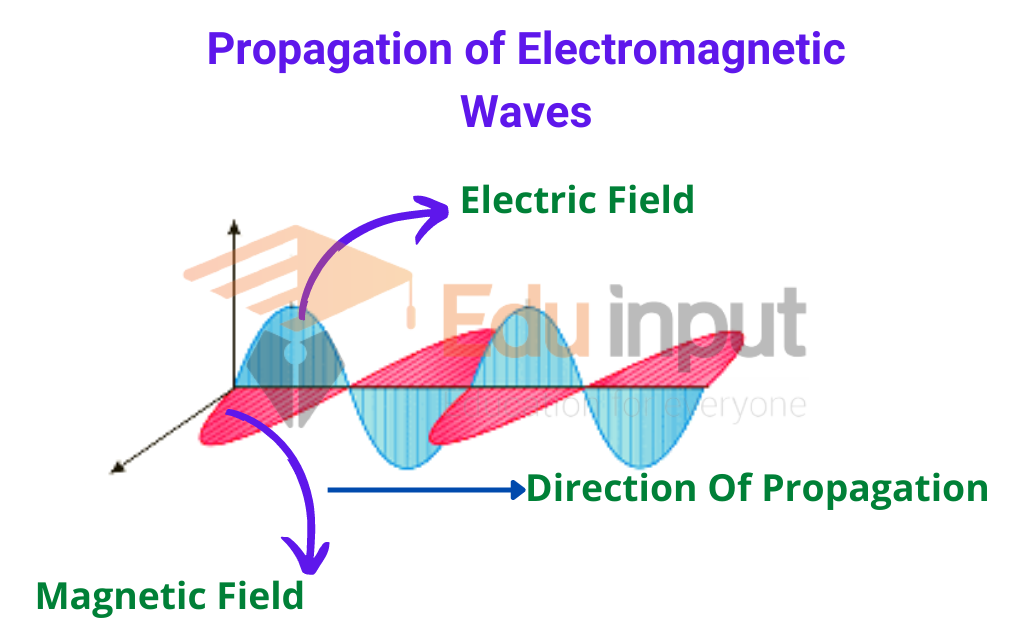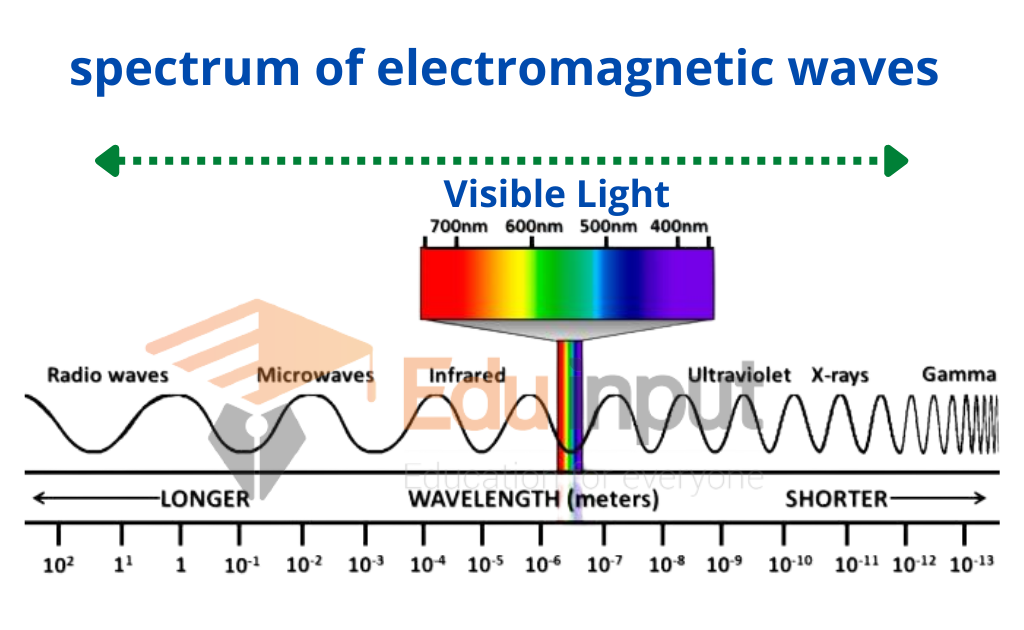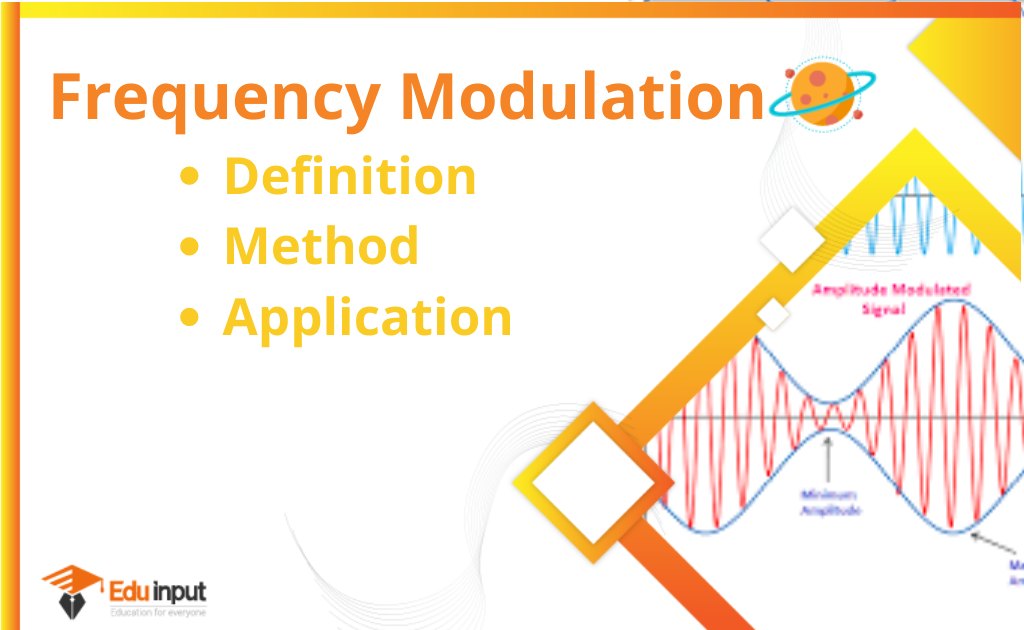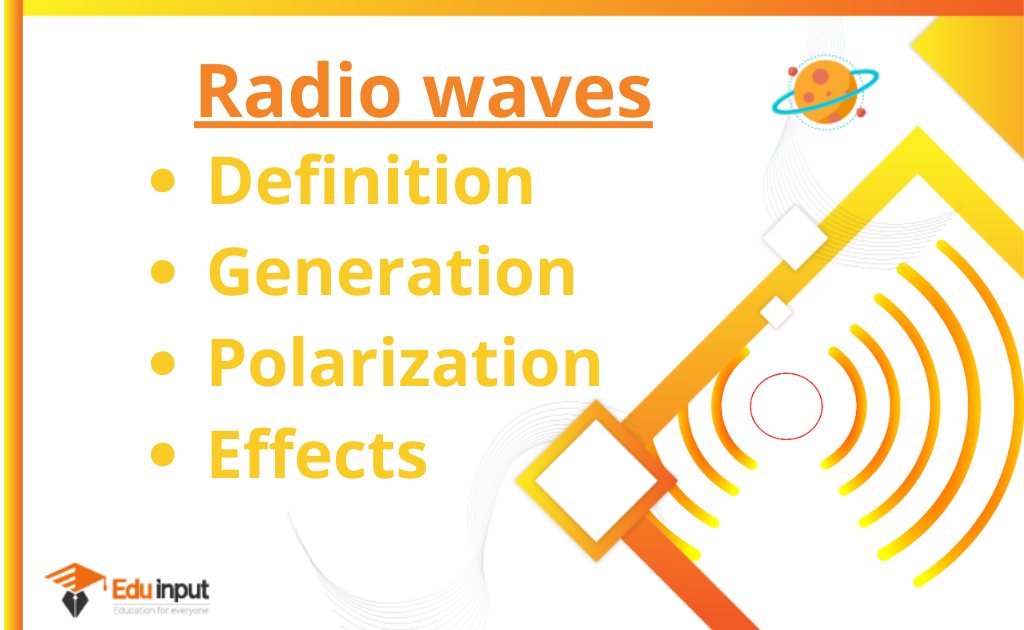Electromagnetic Waves | Classification of Electromagnetic Wave
The waves which require no medium for transmission and rapidly propagate through a vacuum are known as Electromagnetic Waves.
Electromagnetic Waves
Electromagnetic waves(EM) are emitted by charged particles that are accelerated and these waves can then interact with other charged particles to exert forces.
EM waves can carry energy, momentum, and angular momentum away from the source particle and pass these quantities to interacting matter.
EM waves have reached a sufficient distance from their charges and are associated with EM waves that propagate freely without the protracted effects of the moving charges that created them.
Therefore, EMR is sometimes called the distant world. In this language, near-field refers to the EM field near the charges and electric current that directly generate them, especially the EM and electrostatic induction phenomena.
Discovery of Electromagnetic Waves
Heinrich Hertz was a German physicist who demonstrated the EM waves predicted by James Clark Maxwell. In 1854, British physicist James Clark Maxwell formulated a set of equations known as Maxwell’s equations.
These equations explained the various EM phenomena
According to these equations, a changing magnetic flux creates an electric field and a changing electric flux creates a magnetic field.
Consider a region of space in which a change of magnetic flux is taking place. This changing magnetic flux will set up a changing electric flux in the surrounding region.
The creation of an electric field in the region will cause a change in electric flux through it.
As a result, a magnetic field would be set up in the space surrounding it, and so on. So each field generates the other and the whole package of electric and magnetic fields will move in the direction of propagation through space. Such moving electric and magnetic fields are known as electromagnetic waves.
Propagation of Electromagnetic Waves
The direction of propagation of EM waves and the direction of electric and magnetic fields are mutually perpendicular to each other.

The EM waves are periodic waves having wavelength λ which is given by the relation
C=f λ
Where
f = frequency,
C = speed of waves = 3×108 m/sec
Classification of Electromagnetic Waves
Electromagnetic waves are classified into different types of waves on the basis of values of wavelength and frequency.
The complete spectrum of electromagnetic waves from low radio waves to high-frequency gamma rays is shown

Related FAQs
What are electromagnetic waves?
The waves which require no medium for transmission and rapidly propagate through a vacuum are known as Electromagnetic Waves.
What are the 7 types of electromagnetic waves?
In order from highest to lowest energy, the sections of the EM spectrum are named:
gamma rays
X-rays
ultraviolet radiation
visible light
infrared radiation
radio waves.
What are electromagnetic waves Examples?
Radio waves, television waves, and microwaves are all types of electromagnetic waves. They only differ from each other in wavelength. Wavelength is the distance between one wave crest to the next.







Leave a Reply